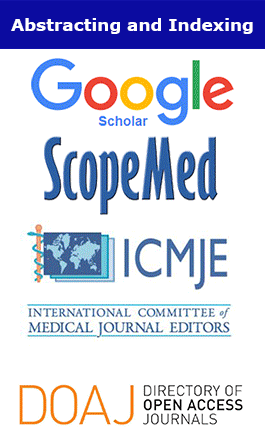Progress in Medical Sciences. 2017;
1(1):(2-231)
A 5-year audit of maternal mortality in Mansoura University Hospital, Egypt
Abdel-Hady El-Gilany, Ahmed Badawy, Mahmoud Elkotb Abdelmegeed Elhusseiny, Mohamed Alaaeldin Fetoh Elmitwalli Sarhan
Abstract
Background: This 5-year audit aims to estimate maternal mortality ratio (MMR) and describe causes of deaths as well as demographic and obstetric characters of dead mothers in Mansoura University Hospital (MUH), Egypt. Methods: A hospital-based retrospective descriptive study was carried out during the period from 2011 to 2015. All obstetric records (case notes, records of labor room, emergency records, and ward admission files) were reviewed for maternal deaths. The following data were abstracted: age, residence, occupation, cause of deaths, gestational age, gravidity, and mode of termination of pregnancy. Causes of maternal deaths were classified as direct and indirect. Results: During the study period, 23,078 obstetric admissions, 22,323 live births, and 61 maternal deaths were recorded. The MMR declined from 380.8 in 2011 to 145.5/100,000 live births in 2015. Hemorrhage and hypertensive disorders with pregnancies were the two main direct causes of maternal deaths. Out of the total deaths, 83.6% were in the age group of 21 to 35 years. The majority of maternal deaths (72.1%) belonged to rural areas and 91.8% were non-working. Most of the women who died were primigravida (49.2%). Only 26.2% of the mothers who died received antenatal care. More than half (57.4%) of deaths occurred after 48 hours of admission. Conclusion: The MMR in MUH is higher than national and regional figures. Adequate antenatal care and early referral of mothers with complications could contribute to reduction of maternal mortality. It is important to establish an audit committee for maternal deaths to determine the trends, causes, quality of care provided, and preventability of the death


